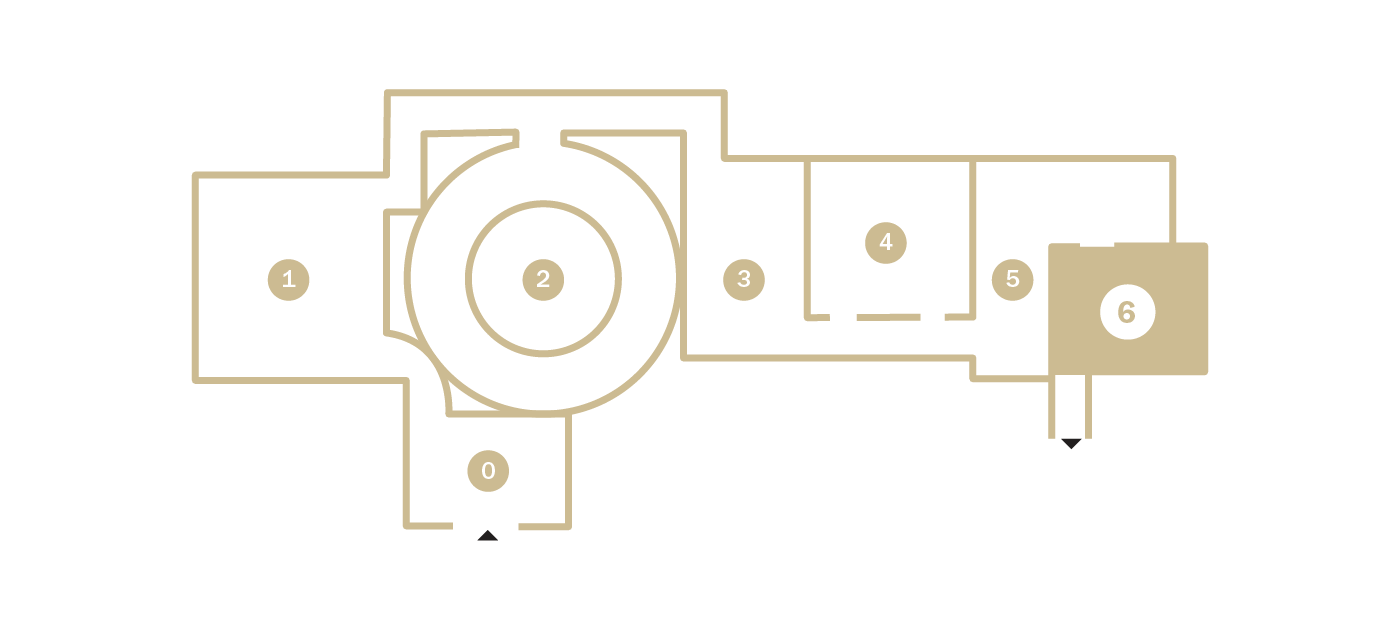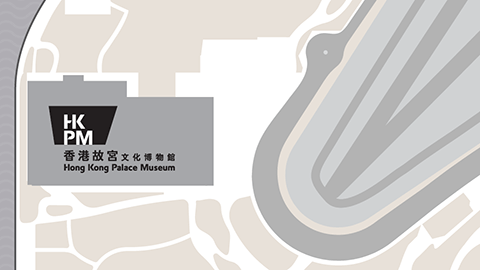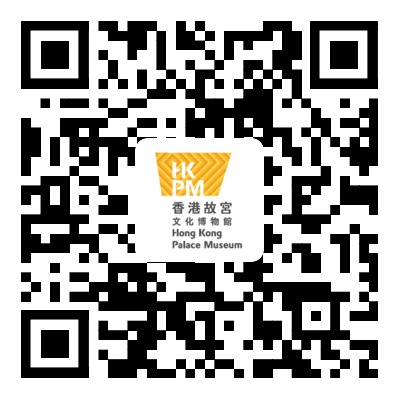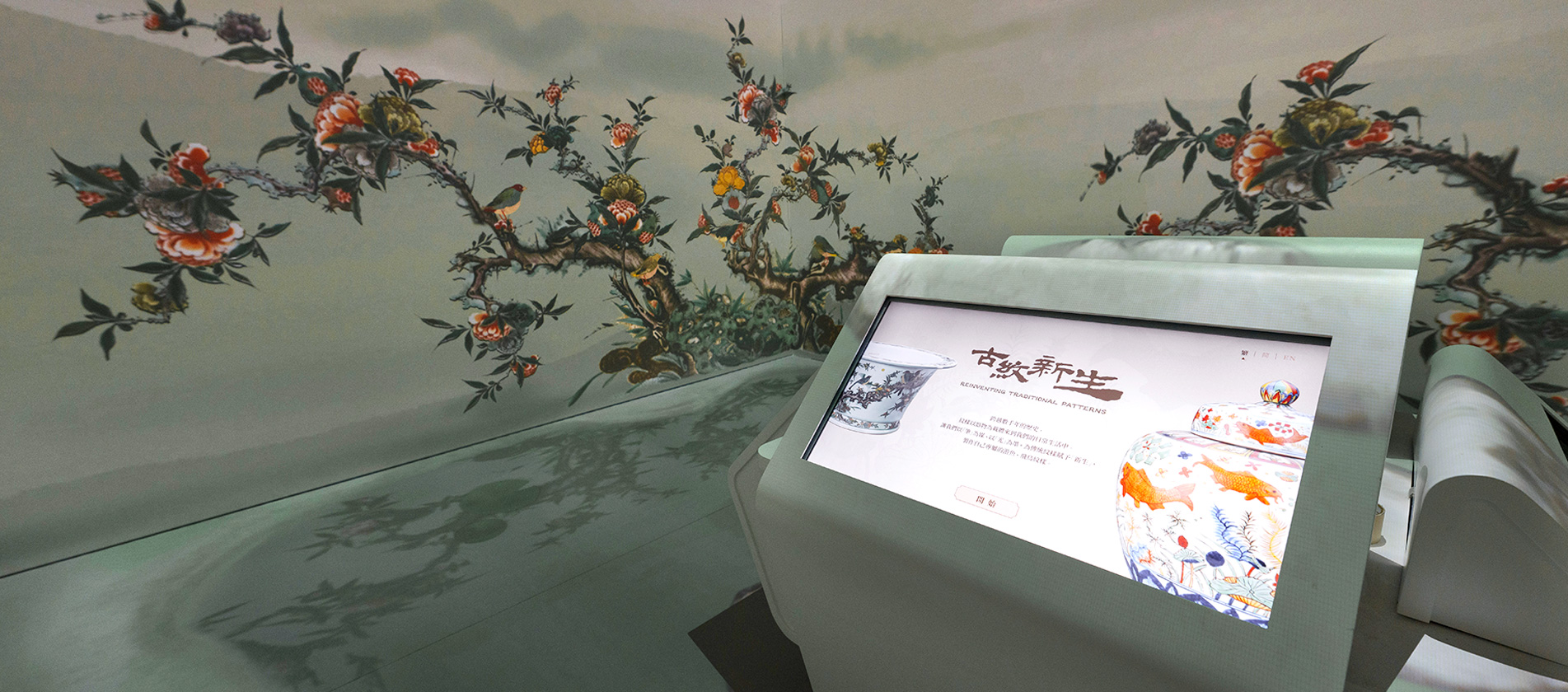Over thousands of years, patterns have become part of our daily lives through artefacts. Let’s use the “brush” as our tool and “light” as our inspiration to breathe new life into traditional designs as we create our own individual motifs of swimming fish and soaring birds.
Experience: The system will randomly assign a jar or flowerpot. Rotate the artifact left or right, then tap to select a fish or bird for drawing.
Suggested experience time: 3 mins
Patterns in Focus
Fish Patterns
Fish is a traditional motif in Chinese patterns, with its earliest appearances found on painted pottery from the Neolithic period. The word for "fish" sounds like "surplus" in Chinese, symbolising abundance and surplus year after year. Early fish patterns were simple and geometric, but they evolved over time into more detailed and realistic designs.
Flower and Bird Patterns
The pattern combines flowers and birds, with stems and leaves woven between the birds to fill the space. Flowers symbolise prosperity and beauty, while birds represent freedom and vitality. Common motifs include phoenixes, cranes, peaches, and poenies – each reflecting the appreciation and respect for nature and life. In this section, it features pomegranate flowers and collared finchbill, symbolising fertility and good fortune.
Table of Contents
Floorplan











